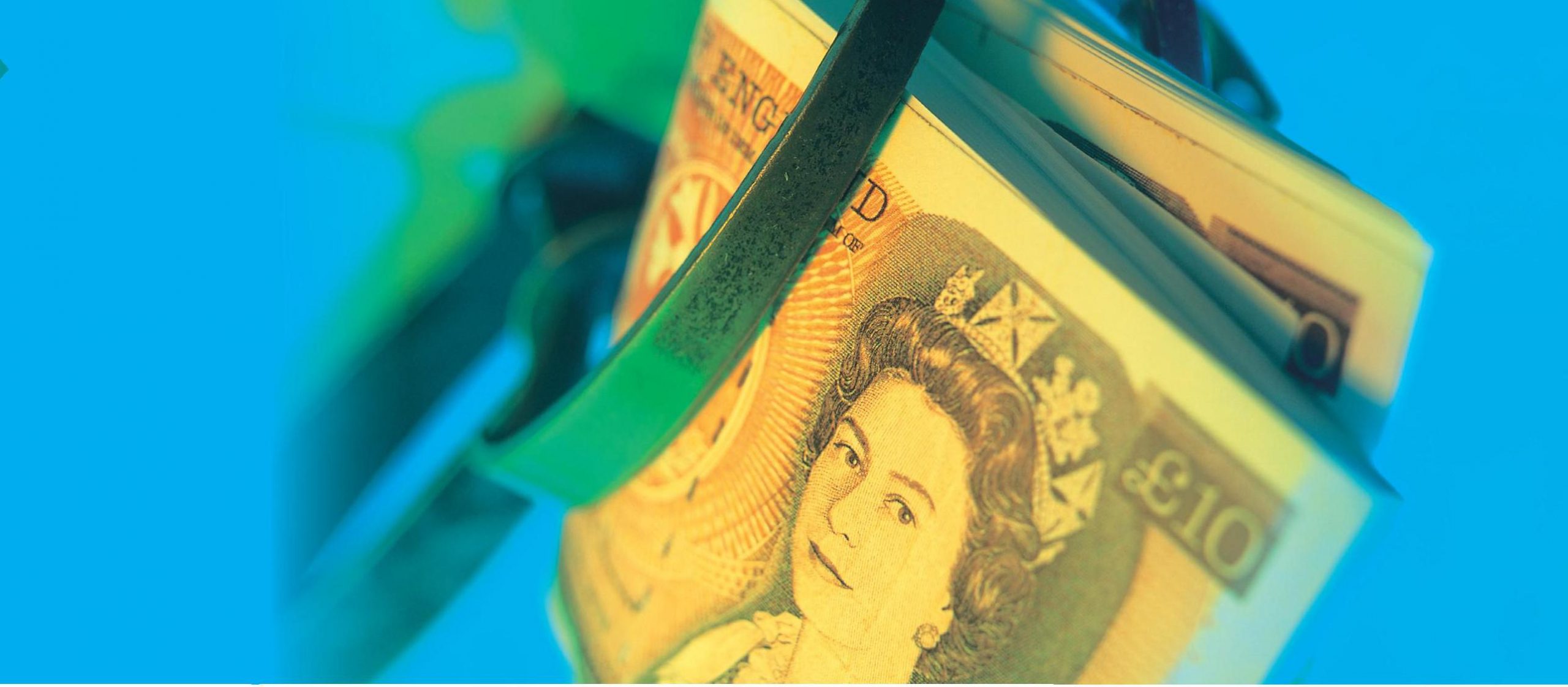
Between 1945 and the mid 1970s, government economic policy was based on Keynesian countercyclical, demand-side economics. Broadly, governments believed that business would thrive if the demand conditions were sufficiently stable and sufficiently robust. The tax system was used to balance society in a more equitable way, ensuring that high earners paid a higher proportion of their income in tax than low earners (progressive taxation).
From the late 1970s to the late 1980s, governments throughout the West abandoned Keynesian policies in favour of monetarism. This philosophy rejected the role of government in economic policy making, championed a return to free market ideals and urged governments to pass policy making to their central banks.
Your organisation does not have access to this article.
Sign up today to give your students the edge they need to achieve their best grades with subject expertise
Subscribe




